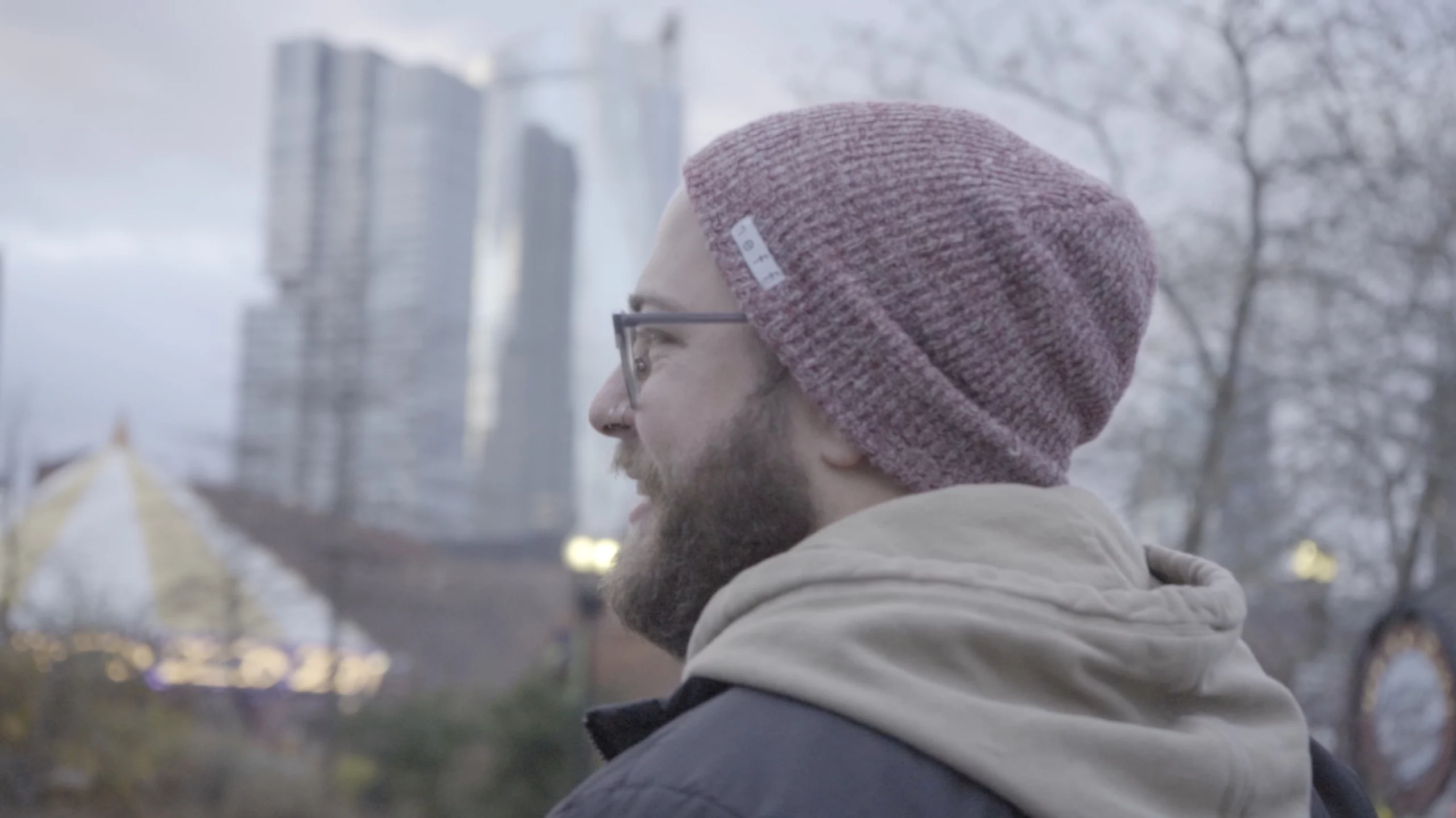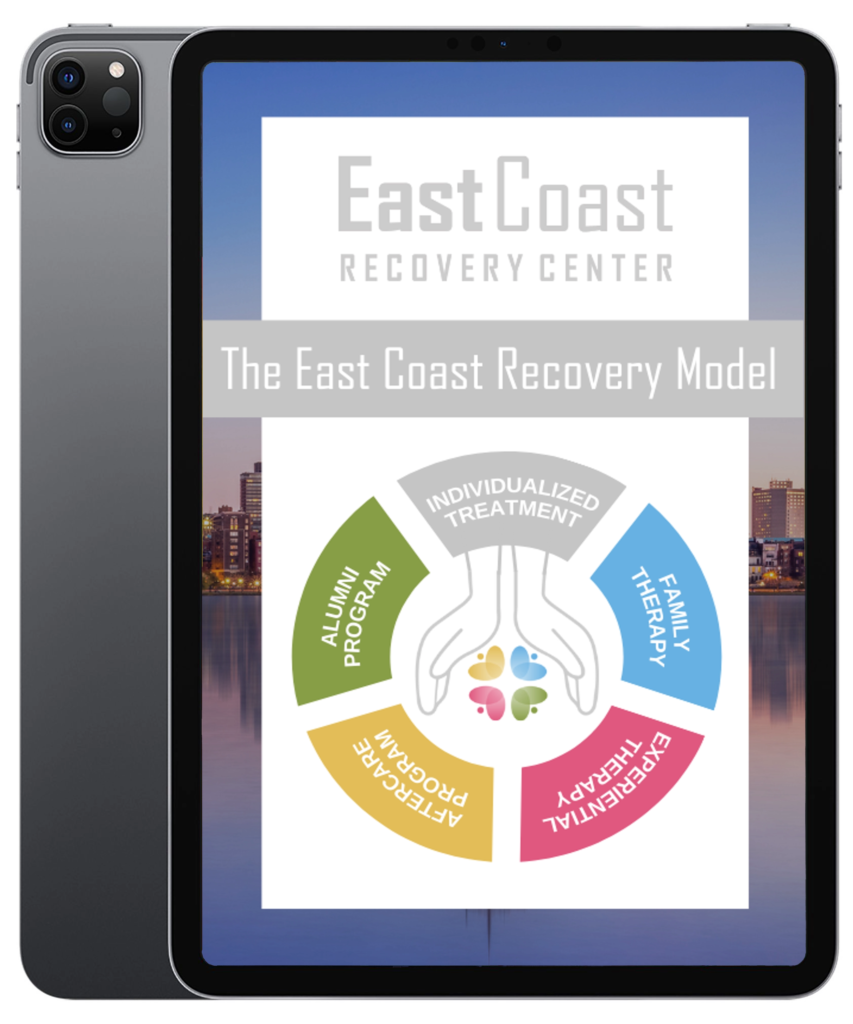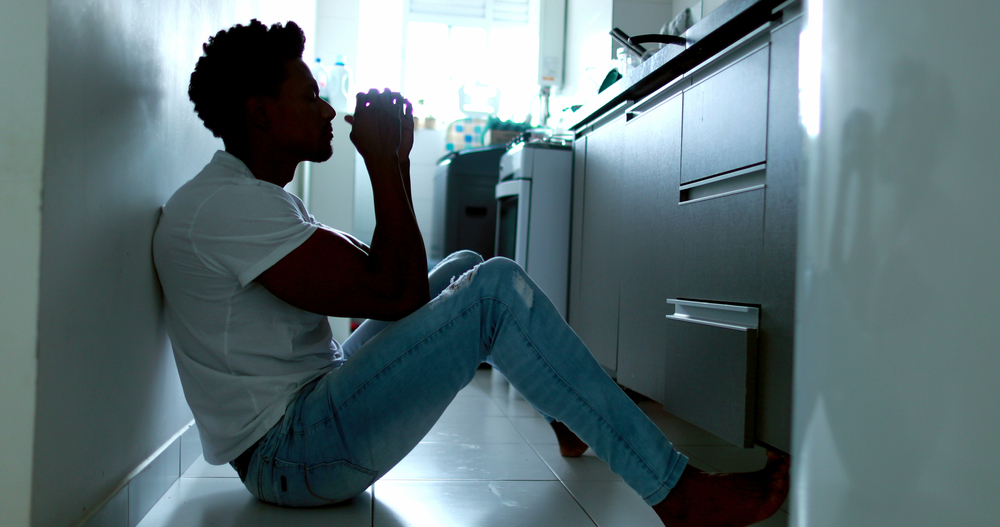Of all of the substances that can cause addiction, cocaine is perhaps the most glorified in popular media. The reality of the drug is far more sinister than portrayed by popular images of rock stars and Hollywood elite indulging as a sign of wealth and glamor. The impact of cocaine trafficking extends far beyond movie stars, wreaking havoc on the streets of cities all across the country.
Cocaine, in its different forms, is used by more people than you may realize. In fact, according to a survey conducted by the National Institute of Drug Abuse (NIDA), 15% of Americans have tried cocaine at least once in their lifetime. While trying the drug once doesn’t necessarily mean that these people developed an addiction, this statistic helps paint a picture of the widespread availability of the drug. Use of the drug remains prevalent in Massachusetts, with an average of over 7% of people aged 18 to 25 reported having used the drug from 2014-2015.
Cocaine is dangerous and life-threatening when used. Fortunately, there are many treatment options available if you or a loved one is struggling with this addiction. You can trust the experts at East Coast Recovery to help you reach a fulfilling life in recovery. Continue reading to see how we can help.

While drug addiction treatment doesn’t have a predetermined length, research has demonstrated that good outcomes are dependent on adequate treatment length. Generally, residential or outpatient treatment that lasts less than 90 days is largely ineffective, and treatment that lasts significantly longer is recommended to maintain positive outcomes.
Based on an individual’s unique needs and circumstances, treatment programs typically last for a 30, 60, or 90+ day timeframe. Many people require long-term care to recover. While relapses are an integral part of the recovery procedure, they do not necessarily signal failure. When a person goes back to using, their treatment team must reconsider and revise treatment to ensure they get the help they need, which may mean staying in treatment for longer. Because addiction affects the brain and can cause dependence, people may require more time to assist with withdrawal from substances, establish new behavior patterns, and recognize triggers that may lead to substance abuse.

Download Our FREE East Coast Recovery Model eBook
People with addictions tend to avoid seeking treatment because they believe it is expensive. The health and social costs of avoiding treatment, however, are substantial. Seeking help right now may prevent these adverse consequences. It is common for insurance to be the payment option for rehab. Each plan is unique, and most require patients to pay deductibles or copayments. Every insurance plan is required to cover mental health care, including substance abuse treatment as a result of the Affordable Care Act.
Individuals can take out a personal loan to help cover some of the costs of treatment, or they may be eligible for a monthly scholarship. Treatment costs may be covered in a variety of ways depending on the facility. Although the interest accrued from loans and credit cards may seem unappealing, it is cheaper than the long-term costs of not seeking treatment.
Once you have made the decision to enter a treatment program for cocaine addiction, you may not know where to start. However, getting into rehab is easier than you may think. To begin, check into a medical detox program. As you move through the detox program, inquire about addiction treatment centers. Contact the facilities and ask questions to determine whether you can afford rehab through health insurance, grants, or financial assistance. Make certain to then meet with an addiction therapist who can assist you in choosing the optimal treatment approach.
Prior to enrolling in drug rehab, you must first contact their admissions office and find out about the process. Most people are unaware that they cannot simply enter a drug rehab center and expect to be admitted. Rehabs follow specific procedures and protocols in order to ensure that their facility is a good match for you as well. Once you complete the initial assessment and there are available beds, you will be directed through the intake process, and voila! You’re in treatment!
Long-term sobriety from drugs or alcohol is not easily accomplished after a brief rehab program. It may take some time to retrain your brain to create its own ‘feel good’ chemicals. Physical, mental, and spiritual therapies can assist with long-term freedom from addiction after detox is over. In Boston, an addiction rehab program may offer the following advantages:
Peer support
Lowered risk of relapse
Structured environment
Supportive network of therapists, clinicians, and counselors
Identify the source of addiction
Discover new passions and hobbies
Improve overall health and wellbeing
Repair broken trust and damaged relationships
When you have the room and time to practice crucial life skills and stress management, you will show up differently for yourself and your loved ones. You’ll acquire lessons and abilities that you can keep for the rest of your life after rehabilitation. You won’t be on your own, thanks to East Coast Recovery’s excellent cocaine rehabilitation program in Boston. We provide a wide range of treatment options and how we can provide you with personalized care.
Treatment Options for Cocaine Rehab in Boston, Massachusetts The primary step in overcoming substance dependence is recognizing your personal struggle with it. The next step is locating a treatment program that can restore your health, well-being, and happiness. There are numerous treatment options available. Your addiction recovery will depend on how much you invest in it. Here is a list of addiction treatment options to better grasp your future.

Intensive outpatient programs are one of the many sorts of outpatient treatments for addicts. Patients receive medical and psychological assistance, but with limited time commitments, so they may return to their daily lives, such as working or caring for children. Patients may only need to go to a hospital or rehabilitation facility for treatment sessions such as counseling, therapy, relapse prevention skills, and any other treatments that the patient may be recommended for or choose for themselves.
In contrast to inpatient or residential rehab, PHP is an addiction treatment program that is more intensive than IOP but less intensive than full hospitalization or inpatient treatment. Compared to IOPs, PHPs require more sessions and visits each week. As with an outpatient program, patients in PHP programs do not live onsite during their treatment but instead live in a sober living environment whether that’s at home or a sober living facility.
The first and most critical step in recovering from cocaine addiction is going to a rehabilitation facility, but it is just one step. Many individuals spend 30 to 90 days in rehab, a very short period of time compared to the many years that follow. Fortunately, there are a variety of programs and resources available to assist addicts in remaining sober after treatment and reducing the chances of relapse.
Aftercare programs are available to individuals recovering from cocaine addiction who have completed their sober living program. Aftercare programs consist of weekly check-ins and are geared toward rehab graduates who wish to receive ongoing support in sobriety. Group therapy sessions are led by accredited therapists and are intended to help clients deal with the common issues of early recovery.
As an aftercare service, sober living homes offer post-rehab support following an inpatient or outpatient cocaine rehabilitation treatment. These residential areas are clean, safe, and community-oriented, and they help transition addicts from drug and alcohol treatment to independent living. Individuals residing in these communities must remain sober in a gender-specific group home, and residents must obey community rules, program demands, and drug testing. Recovery assistance services such as personal monitoring, employment assistance, and education assistance, as well as peer-guided sober living programs, can be combined with outpatient treatment and AA or NA meetings to raise a person’s chances of long-term sobriety.
As an aftercare service, sober living homes offer post-rehab support following an inpatient or outpatient cocaine rehabilitation treatment. These residential areas are clean, safe, and community-oriented, and they help transition addicts from drug and alcohol treatment to independent living. Individuals residing in these communities must remain sober in a gender-specific group home, and residents must obey community rules, program demands, and drug testing. Recovery assistance services such as personal monitoring, employment assistance, and education assistance, as well as peer-guided sober living programs, can be combined with outpatient treatment and AA or NA meetings to raise a person’s chances of long-term sobriety.
At its core, cocaine is an incredibly powerful and addictive stimulant drug. For generations, the indigenous people of South America have chewed and ingested the leaves of the coca plant for its stimulant effects. Cocaine, as we know it, is processed from the leaves of the coca plant. The isolated version of cocaine hydrochloride was produced over 100 years ago.
It was mainly used for various tonics and medical elixirs and even had some legitimate medical use as a local anesthetic due to its numbing effect on the skin. Despite the absurdity of the claim, the original recipe of Coca-Cola® did in fact contain cocaine as a stimulant ingredient. Today, cocaine is classified as a Schedule II drug by the United States government. This means that it is a highly regulated substance that has a very high potential for misuse.
As a modern street drug, cocaine typically appears as a fine white powder. It is referred to by many street names such as blow, coke, snow, white girl, and powder. Street dealers often mix powdered cocaine with other inert substances in a process known as “cutting.” Dealers do this to increase the volume of product and use substances such as corn starch, talcum powder, and baking soda, as well as other stimulants such as amphetamines.
In the 1980s, we started to see a huge influx of cocaine from South America. This led to the development of a second chemical form of cocaine, known as “crack” cocaine. Crack cocaine is created by processing powdered cocaine with ammonia or sodium bicarbonate (baking soda) to remove the hydrochloride, producing a smokable substance. The name “crack” refers to the crackling sound that the substance makes when it is smoked.
One of the major factors that makes cocaine such an addictive substance is the way that it is typically taken by the user. In its powder form, cocaine is most often taken intranasally or “snorted.” Through this ingestion method, the drug is absorbed directly into the bloodstream of the user through the nasal tissues. This floods the brain with cocaine and leads to nearly instantaneous effects.
Some cocaine users also dissolve the powder in water and inject the drug intravenously. This further heightens the effects—and dangers—associated with cocaine use. In the form of crack cocaine, the drug is smoked and absorbed into the lungs at a rate that is similar to intravenous use. The fast and short-lived euphoric effects of crack cocaine are a big reason why the drug became an epidemic in the 1980s.
As mentioned above, the effects of cocaine are felt almost immediately and are short-lived, lasting anywhere from a few minutes to an hour with a single dose. When taken in small amounts, cocaine will make the user feel alert, talkative, energetic, and euphoric. It will also make the user hypersensitive to touch, sight, and sound.
The short-term and desired effects of cocaine use all stem from how the drug interacts with the brain. No matter what the method of ingestion is, the drug will eventually enter the bloodstream. The natural progression of the circulatory system will lead to the drug entering and interacting with the brain at some point.
Cocaine interacts with the brain by triggering an unnatural release of the neurotransmitter dopamine. Dopamine does occur naturally in the brain, although in small amounts, and triggers feelings of pleasure and satisfaction. When a person is actively using cocaine, dopamine floods the cells of the brain, but then it has nowhere to go. This excess of dopamine can block your brain cells from communicating with one another, leading to memory loss and other issues.
The effects of the drug can also temporarily supersede the need for food and sleep, leading to long-term complications. Many users feel as though the drug helps them perform simple intellectual and physical tasks more quickly, while other users report feeling the opposite effect.
How long the drug lasts is directly related to the method of administration. The quicker the drug is absorbed into the bloodstream, the more intense the resulting high. This also shortens the duration of the drug’s effects. Taking cocaine intranasally leads to a relatively slow onset of its effects, but they can last anywhere from 15 to 30 minutes from a single dose. In contrast, when cocaine is smoked, the effects are felt almost immediately but only approximately 5 to 10 minutes.
Cocaine use has some profound short-term effects on the body and brain. When under the influence of cocaine, users will experience constricted blood vessels, increased body temperature, sweating, dilated pupils, elevated heart rate, and increased blood pressure.
Using large amounts of cocaine will lead to some very significant behavioral side effects. Along with the intensification of the above physiological effects, users of large amounts of cocaine may also exhibit violent, erratic, or bizarre behaviors. Many cocaine users report feelings of anxiety, panic, paranoia, irritability, restlessness, and insomnia. Other effects may also include tremors, vertigo, and uncontrollable muscle twitches or tics.
With repeated exposure to cocaine, over time the reward system of the brain starts to become less sensitive to natural reward reinforcement. In other words, over time, the brain has trouble releasing chemicals that are responsible for feelings of joy and contentment on its own, without the presence of cocaine. At the same time that this is occurring, the neural pathways that are responsible for feelings of anxiety and stress are becoming increasingly sensitive. This leads to increased discontent and displeasure when not taking the drug, a surefire sign of cocaine withdrawal.
As with many drugs, the user builds up a tolerance to cocaine after extended use. This means that the user will have to take the substance more often, and in larger amounts, in order to achieve the same desired effects as they initially felt. While this tolerance is building, the sensitization to cocaine is increasing, meaning it takes less of the substance to produce some of the negative effects such as convulsions, anxiety, and even full-blown psychosis.
The impact of cocaine use on brain cells can also become more significant as you age. One study conducted by the University of Cambridge aimed to observe the aging of the brain in people who used cocaine versus people who had no history of substance use. The study found that while the average brain typically loses 1.69 milliliters of gray matter per year, people who were currently cocaine-dependent or had used cocaine heavily in the past, doubled the amount of gray matter lost yearly to 3.08 milliliters per year.
Cocaine causes significant damage to the systems and organs of the body. Users are at a very high risk of cardiovascular issues due to the toxicity of cocaine. Intense chest pains that may feel like a heart attack are very common in users as well as an increased risk of stroke. Specifically, cocaine causes inflammation of the heart muscles, leading to the deterioration of the ability of the heart to contract, and ruptures in the aorta.
This stress that cocaine causes on the circulatory system can also damage the linings of veins and arteries of the brain, leading to permanent chronic headaches. In many cases, the stress on blood vessels in the brain can lead to clotting and a greatly increased risk of stroke in cocaine users.
Cocaine use can be a difficult habit to break on your own. At East Coast Recovery Center, we have multiple levels of care that will meet you wherever you are on your path to recovery. We’ll work together to determine which approach to treatment for cocaine use disorder is right for you and your situation.
Cocaine use can bring about some very severe medical complications after minimal use. Most of these complications come in the form of cardiovascular issues such as disturbances in heart rhythm or heart attack, as well as neurological issues including headaches, seizures, strokes, and coma. It can also cause gastrointestinal issues such as abdominal pain and nausea.
There have been cases of sudden death occurring after a single use of cocaine or shortly thereafter. The majority of cocaine-related deaths are due to cardiac arrest or seizures.
The risks of serious complications are increased dramatically when cocaine is consumed alongside other intoxicants, in a phenomenon known as “polysubstance use.” The majority of overdose deaths that involve cocaine occur when the user is also using another substance. People who use cocaine frequently use alcohol in an effort to combat any uncomfortable come-down effects of the drug. The use of these two drugs in conjunction forms a compound called cocaethylene in the liver, and it can have severe effects on the heart of its users.
Another very popular drug combination is cocaine used alongside heroin and other opioid drugs in a substance cocktail known as a “speedball.” Speedballs are particularly dangerous because the stimulant effects of cocaine are offset by the sedative effects of heroin. This can lead to the user unintentionally taking a fatal amount of heroin causing overdose and death. Once the effects of cocaine wear off, the user’s respiration may slow or stop completely, causing death.

Cocaine addiction is both psychological and physical. As an individual continues to use cocaine, he or she will rapidly develop a tolerance to the drug. The euphoric effects of cocaine will no longer be the same, and an individual will take larger doses or make drug seeking his or her highest priority. Because cocaine is one of the most costly drugs available today, those who are addicted to it often suffer substantial financial losses, but they will continue to use it regardless of the consequences. Other indicators of cocaine addiction include:
Paranoia
Withdrawal symptoms when not using
Aggression
Neglecting responsibilities
Increased irritability
Weight loss
Loss of interest in things once enjoyed
Frequent nosebleeds
Chest pains
Inability to quit
Decline in performance at school or work
High blood pressure
Intense cravings
Muscle twitches
The most effective way to quit cocaine is to seek professional treatment for your addiction. This will ensure that you remain safe and as comfortable as possible while experts work with you to determine the best course of action based on your wants and needs. In the meantime, if you are waiting to enter a detox or rehab facility, there are a few things you can do to stop using cocaine.
Record your drug use in a drug diary. Track the time, substance, and quantity, as well as where you were, who you were with, and what you were doing prior. Note any patterns in your diary. You may consistently use it around certain people, or after drinking heavily, for example. If you can identify the individuals, areas, and items that trigger your drug use, you can establish a plan. Consider cutting off a few triggers entirely, or avoiding those that give you cravings.
Treat yourself kindly and celebrate each step toward your goal, regardless of how small. Avoid feeling guilty about any failures as well. It is a process, and every problem is an opportunity to learn more about yourself.
Regular cocaine use can damage chemical pathways in the brain, and those changes can make mental clarity and decision-making difficult. People with a cocaine addiction may not even be aware that they have a problem. Families can bring issues to the user’s attention through interventions, and when treatment begins, they can provide love and support, to ensure that the person stays in treatment. When the program is complete, families can also watch for signs of relapse, and they can encourage secondary treatment as needed.
When addicts seek support from others who are also dealing with cocaine addiction, they are able to remain on the path to sobriety. Below is a list of Boston, Massachusetts support groups:
10:00 AM
Morning Break
155 Humboldt Ave, Dorchester, MA,
12:00 PM
Noontime Everyday (Online only)
Online only
7:00 PM
Narcotics Anonymous
First Congregational Church
300 Central St. Saugus, MA
10:00 AM
Morning Break
155 Humboldt Ave, Dorchester, MA
12:00 PM
Noontime Everyday (Online only)
Online only
7:30 PM
Clean & Proud
Fenway Neighborhood / K-Street Facility
69A Kilmarnock Street, Boston, MA
10:00 AM
Staying Clean In the Quarantine (Online only)
Online only
Boston, MA
6:30 PM
We Never Have To Use Again
6 Southbourne Rec Room
6 Southbourne Rd. Jamaica Plain, MA
7:00 PM
Our Primary Purpose (Online only)
Online
Boston, MA
10:00 AM
Morning Break
155 Humboldt Ave, Dorchester, MA
12:00 PM
Narcotics Anonymous
Finland Building
774 Albany Street Boston, Recovery Mile, MA
7:00 PM
Text Message
4th Presbyterian Church
340 Dorchester Street, South Boston, MA
10:00 AM
Morning Break
155 Humboldt Ave, Dorchester, MA
6:00 PM
Paycheck
Marcus Garvey Center
116 Roxbury Street, Roxbury, MA
7:00 PM
Never Alone
YWCA
7 Temple Street, Cambridge, MA
9:00 AM
Club 24
787 Salem Street Malden, MA
7:00 PM
How It Works
Fourth Presbyterian Church
340 Dorchester Street, Boston, MA
10:00 AM
Morning Break
155 Humboldt Ave, Dorchester, MA
6:30 PM
End Of The Line
Forest Hills Covenant Church
50 Morton Street, Jamaica Plain, MA
7:00 PM
Serenity By The Sea
Saint John's Parish Hall
222 Bowdoin Street, Winthrop, MA
At East Coast Recovery Center, we realize and celebrate that there are many paths to recovery. That’s why we offer many different treatment modalities in an effort to find the approach that is most effective for you and your unique situation. Your journey may differ from the journey of others, but we’ll be there every step of the way, guiding you toward the path that is most effective in helping you achieve your goals in recovery.
There are many questions that you may have when deciding to seek treatment for issues with cocaine addiction. Call us today at (617) 390-8349 to get started on your journey toward success in recovery.









